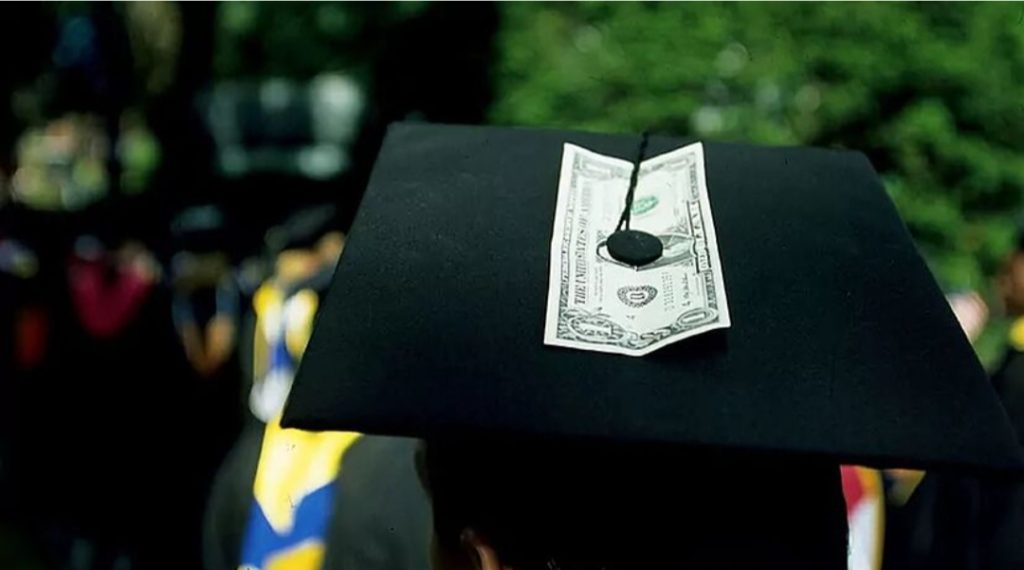Student loan forgiveness or dismissal can provide tremendous relief, reducing the need for additional payments and even resulting in returns. However, if only a part of your obligation is erased, you are still accountable for the remaining.

Student loan forgiveness programs differ, including President Biden’s suggested efforts. Although the Supreme Court ruled his initial proposal unlawful, alternatives like the Saving for a Valuable Education (SAVE) plan seek to cut payments while eventually offering forgiveness. These programs often demand fulfilling income limits and making regular payments over a fixed period.
Aim Of New Student Loan Forgiveness Proposal
The goal of the most recent batch of proposals for student loan forgiveness is to focus on capitalized and accumulated interest. The Biden administration claims that because of accrued interest, 25 million Americans who previously benefited from government student loans now owe more than they did when they first borrowed money.
Nevertheless, several obstacles must be overcome before the president’s new loan forgiveness plan can result in any student loan burden reductions. According to top sources, the federal rulemaking procedure will commence in the upcoming months and will involve a public comment period before the plan to target interest on student loans is approved.
PSLF Program
Public Service Loan Forgiveness (PSLF) provides relief to those who work in public service professions by requiring 120 qualifying payments over 10 years. Additionally, Teacher Loan Forgiveness aids instructors working in low-income schools. Borrowers can also seek loan forgiveness owing to school misbehaviour through borrower defence programs. Understanding the consequences of loan forgiveness for credit and taxes is critical.
While forgiven debt may have an immediate impact on credit ratings, late payments may be eliminated, potentially enhancing credit. While most forgiveness is not taxable, there are few exceptions, and state taxes may apply. When forgiveness is approved, loan servicers notify you of the amount forgiven as well as any residual balance.
During the forgiveness process, it’s important to keep yourself informed and keep an eye on your finances. You can use refunds or saved payments to support your finances, which can offer stability and long-term benefits. This notification will specify whether your loan has been forgiven in full or in part, and any remaining balance will be described according to the program’s guidelines. Likewise, if you’ve fulfilled the required payment duration under an income-driven repayment plan, any remaining balance might be forgiven, and your servicer will notify you of the outcome.
Legal Challenges Of Student Loan Forgiveness Program
It will also be necessary to overcome any potential legal objections to this fresh slate of loan forgiveness ideas. The Supreme Court overturned the president’s initial loan forgiveness plan last year, which would have eliminated about $10,000 in debt for many student loan holders. The 2003 HEROES Act served as the Department of Education’s legal rationale for eliminating almost $430 billion in debt.
The legislation gives the education secretary the authority to waive or modify borrower financial assistance programs in connection with a pandemic or other national disaster. However, the Supreme Court decided that the secretary was not authorized by law to exercise that power.



